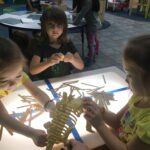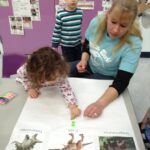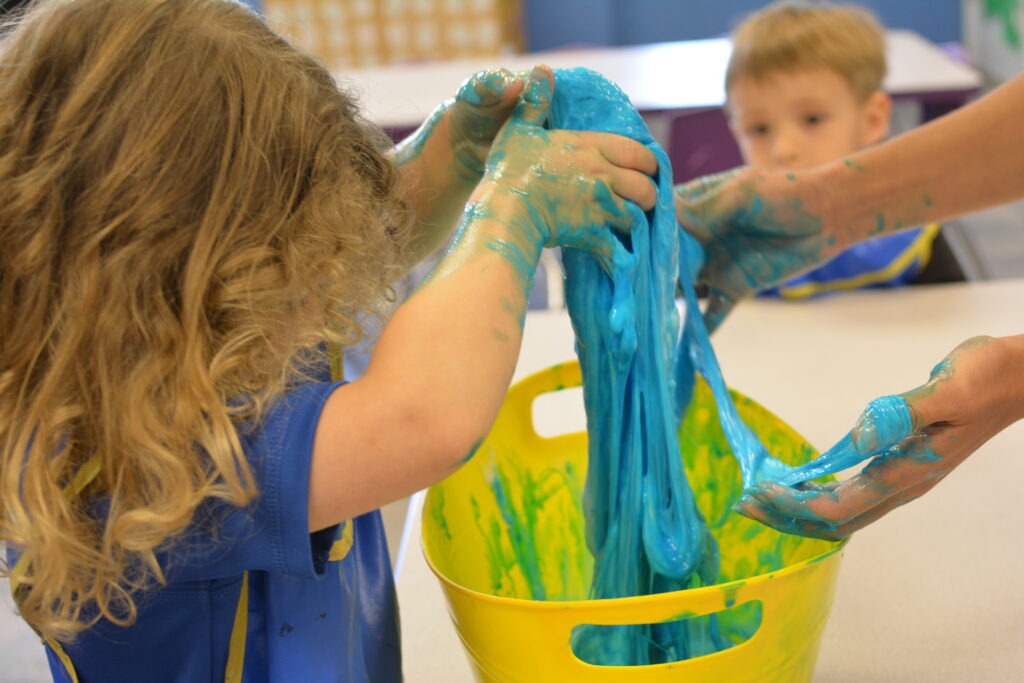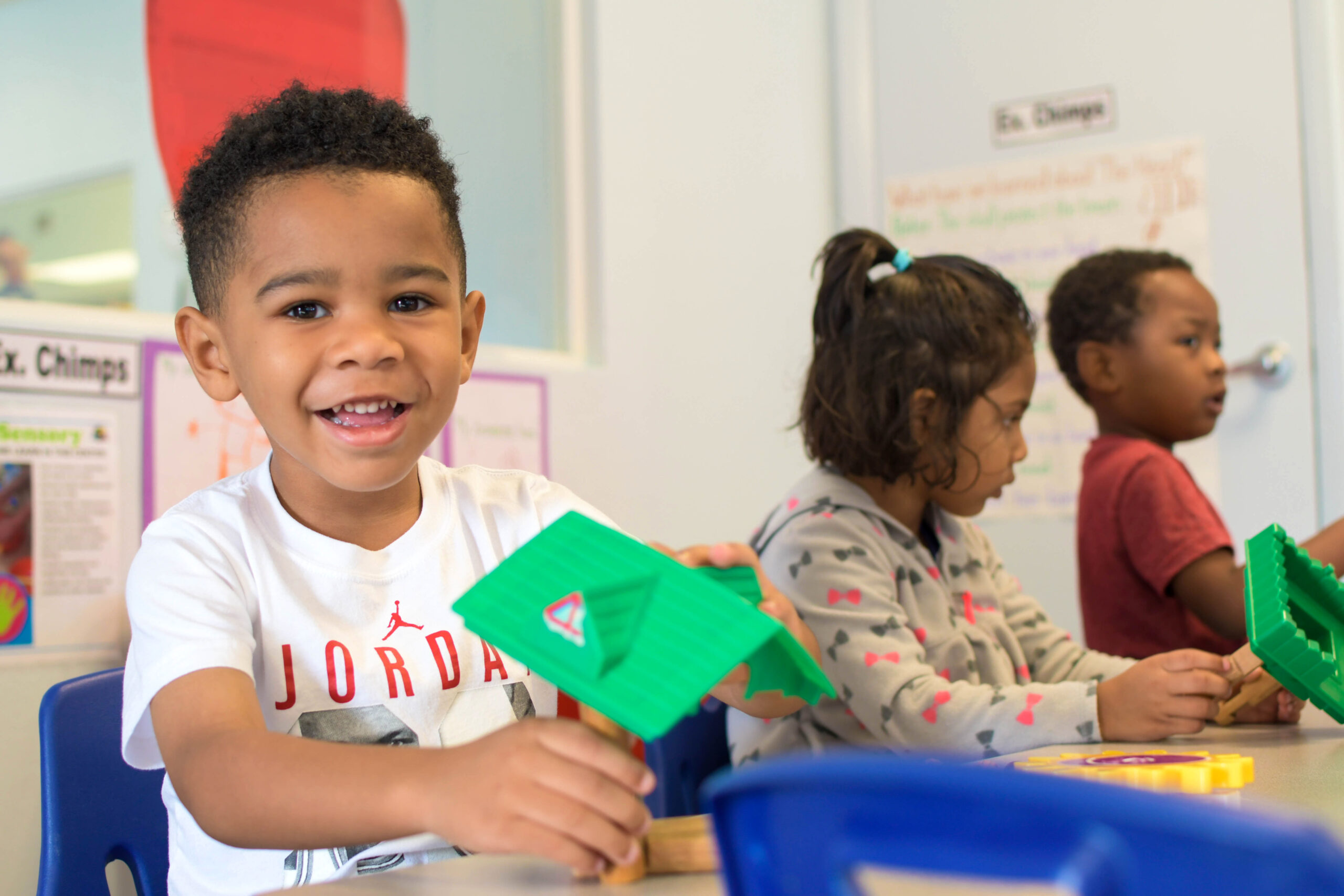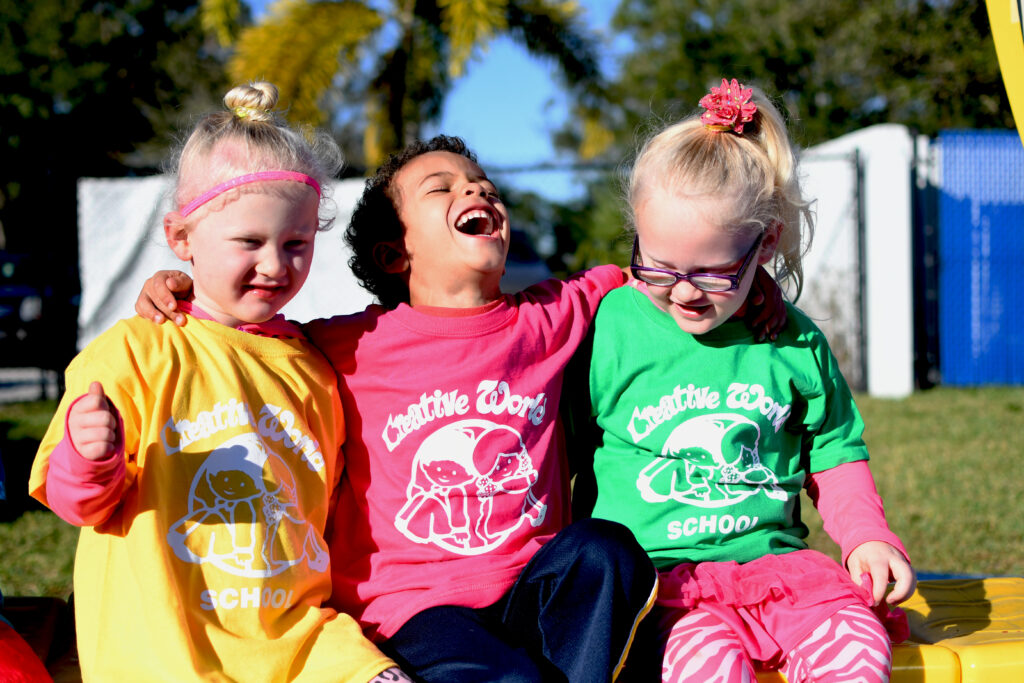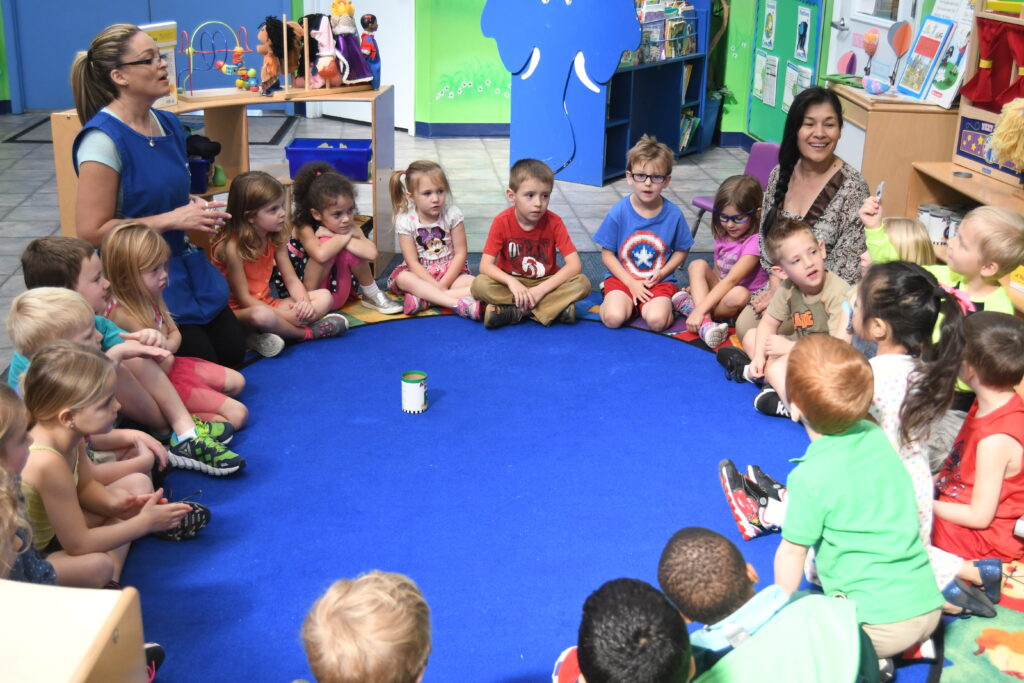
Exploring Dinosaurs
Creative world school Mar 15, 2018With a ROAR and a STOMP, we are treading our way into Prehistoric Times all month in the Exploratorium™, as we dive into Dinosaurs.
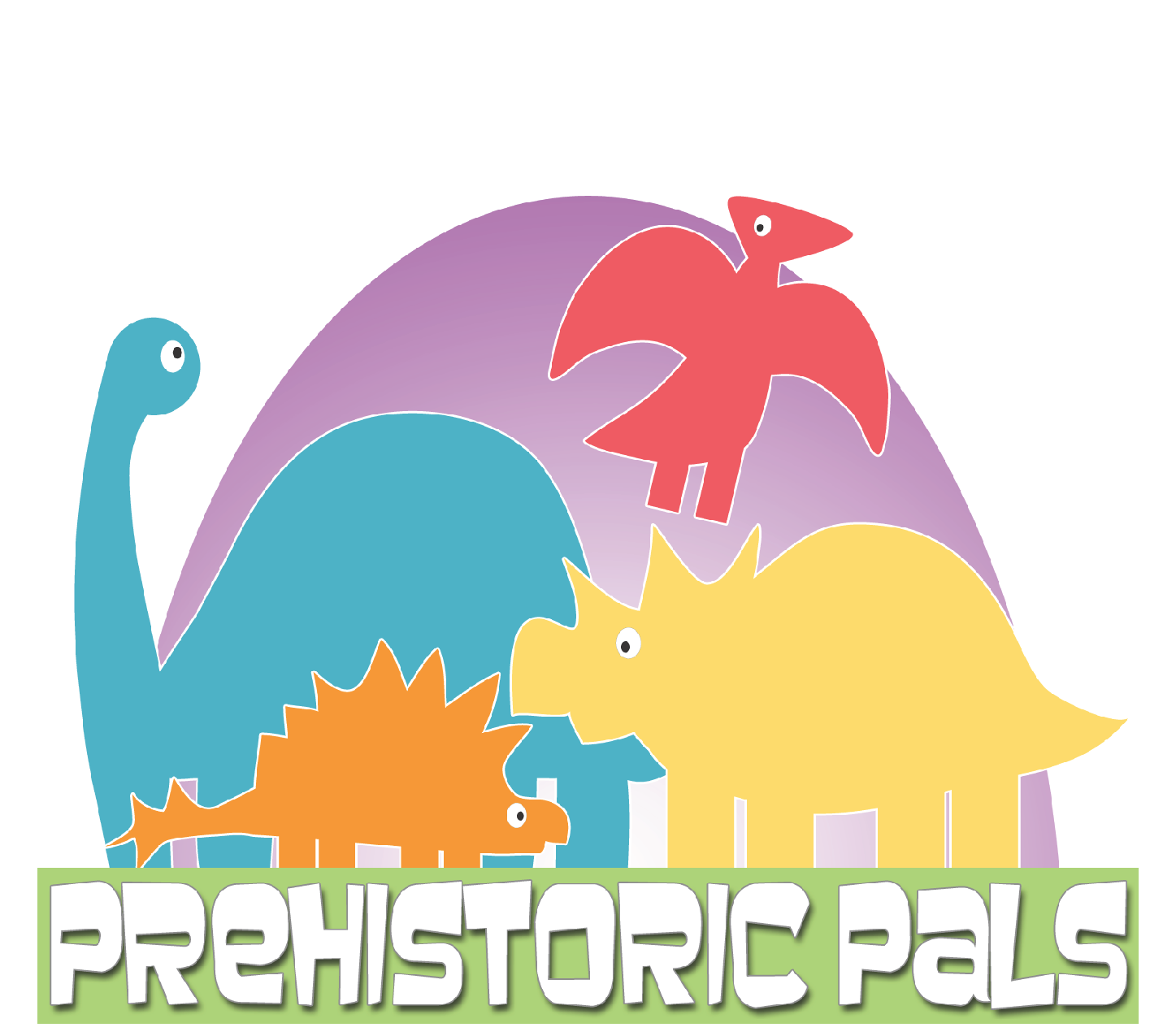
Dinosaurs are an interesting topic of study and almost everyone finds them fascinating. From their seemingly impossible size to their mythical habits and lifestyles, investigating our Prehistoric Pals is a blast!
It’s essential, with young children, to have life experience and real-world interactions be the basis for our learning. Our dinosaur inquiry is an amazing opportunity to stretch their concrete thinking and begin to introduce abstractions by way of comparison, contrast, and parallel concepts in the real world! What does that mean?
This kind of instruction means that we don’t say “the Apatosaur’s foot was 2 feet by 4 feet”… we draw a chalk outline that is foot-shaped in those dimensions and see how many of OUR shoes fit inside! Instead of discussing “herbivores and carnivores,” we set up sensory bins full of pretend food and organic materials and invite the children to sort them. Even dinosaur bones and skeletons can feel very abstract to a young child. We bring these notions to their learning level by creating our own bones with salt dough, looking at X-rays and bone fragments at the light table, and chipping away at ice blocks to excavate “skeletal fragments”.
- dino day 1
- dino days 2
- dino day 3
The International Academy for Education has absolutely concluded that children need a specific kind of classroom or group learning environment to truly grow in knowledge*. Advice to teachers for fostering this environment includes:
- Avoid situations where the students are passive listeners for long periods of time.
- Provide students with hands-on activities, such as experiments, observations, projects, etc.
- Encourage participation in classroom discussions and other collaborative activities.
- Organize school visits to museums and technological parks.
- Allow students to take some control over their own learning. Taking control over one’s learning means allowing students to make some decisions about what to learn and how.
- Assist students in creating learning goals that are consistent with their interests and future aspirations.
It’s vital that children are engaged and in charge of their learning journeys!
Check out our facebook page to get a sneak peek into our daily, fun-filled learning adventures.
*References: Elmore, Peterson & McCarthy, 1996; Piaget, 1978; Scardamalia & Bereiter, 1991.


